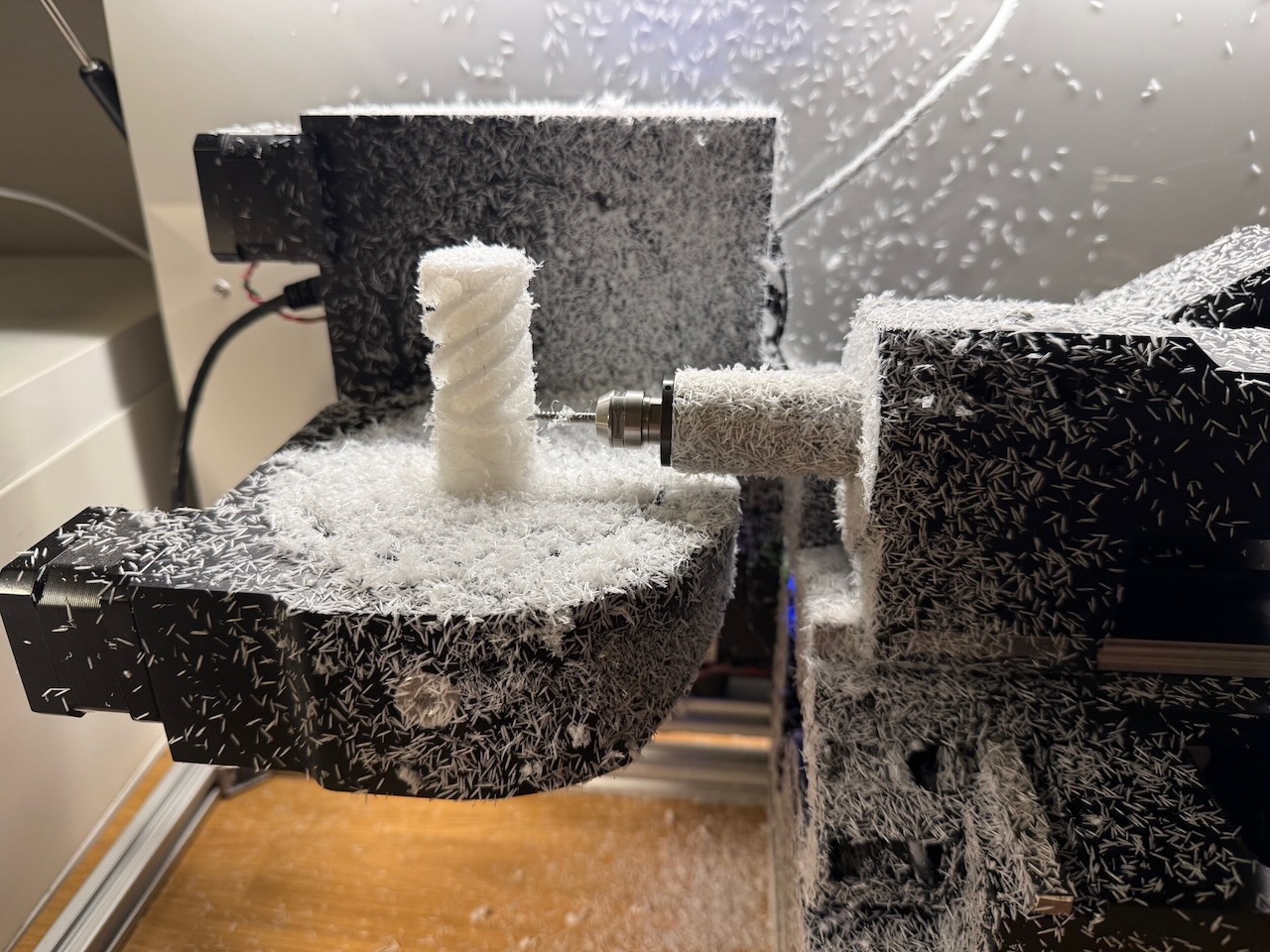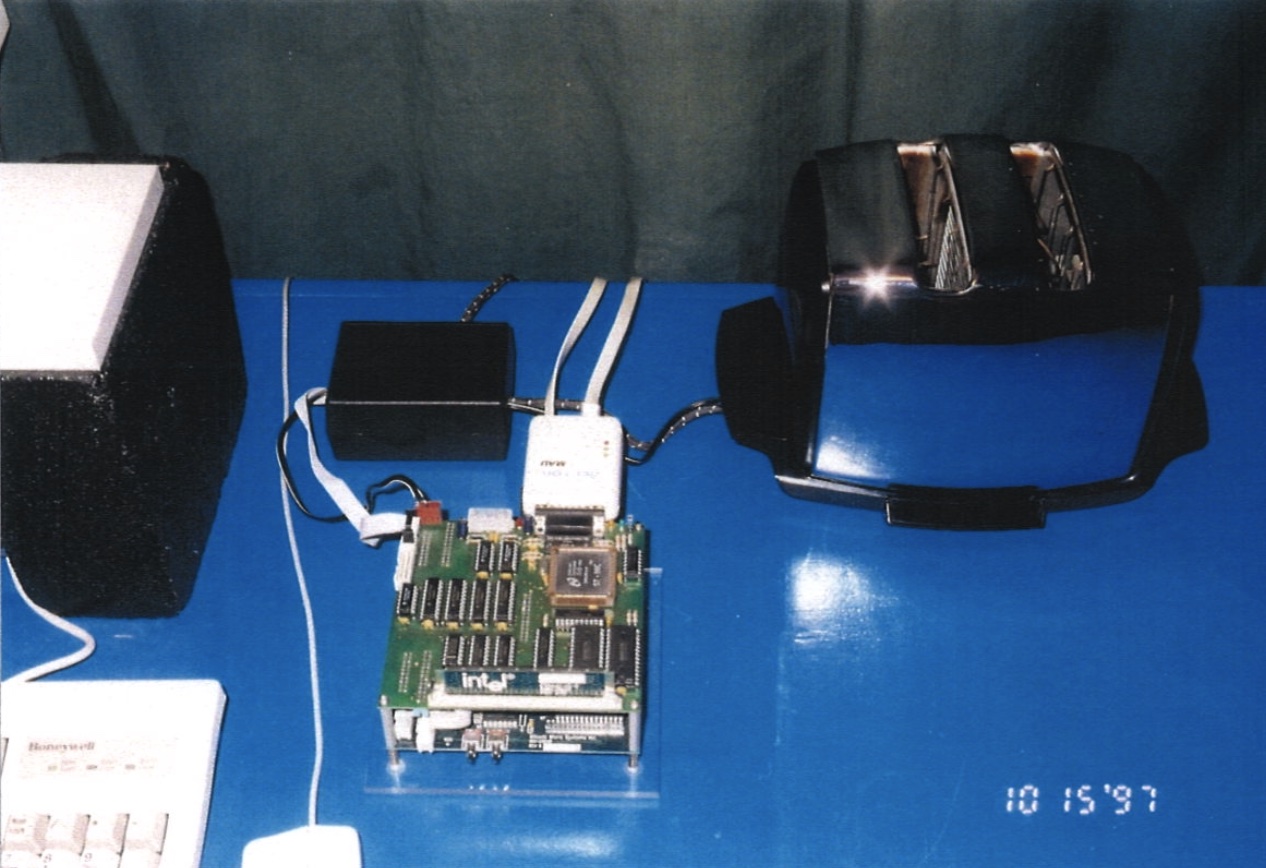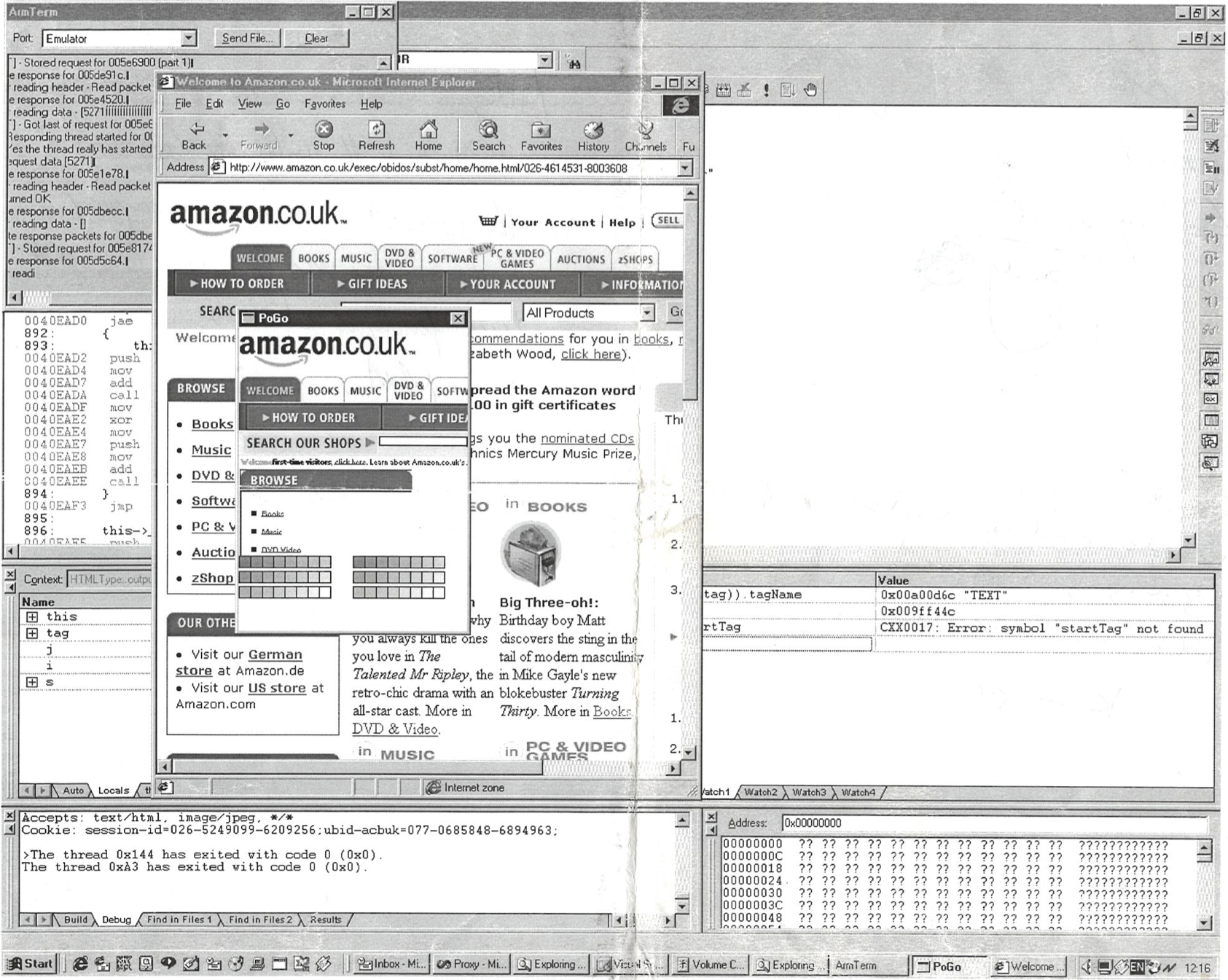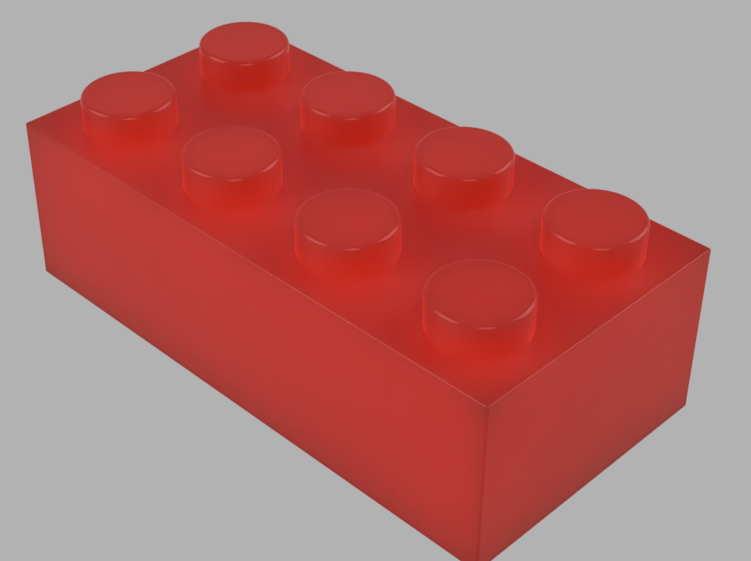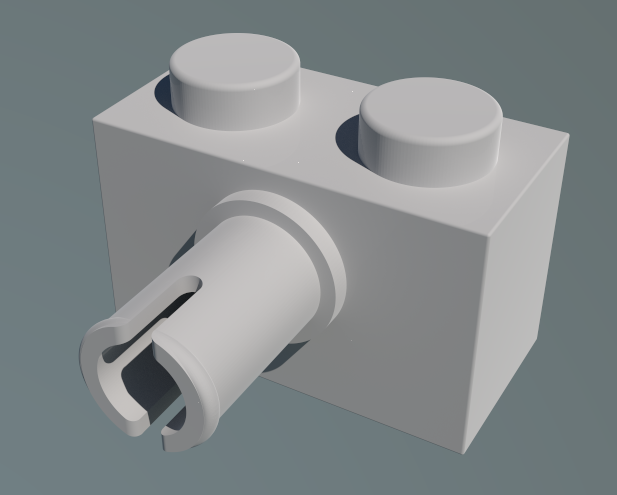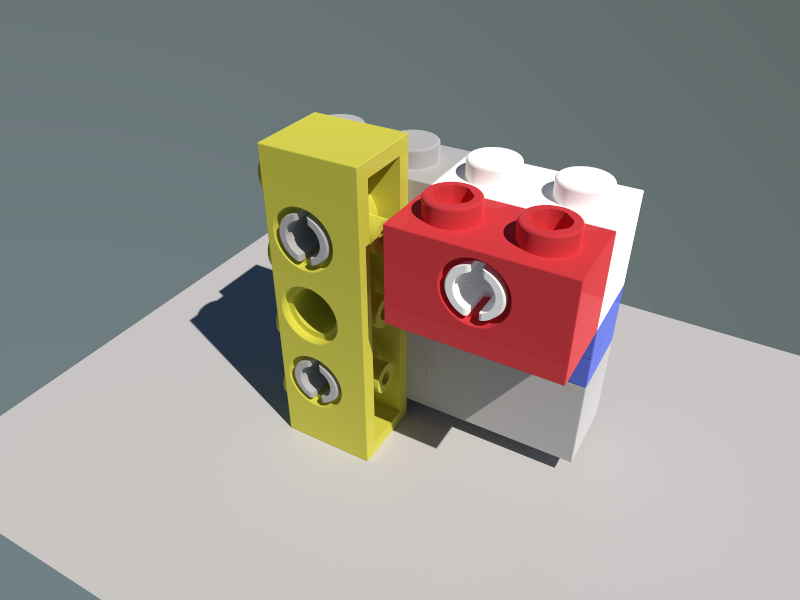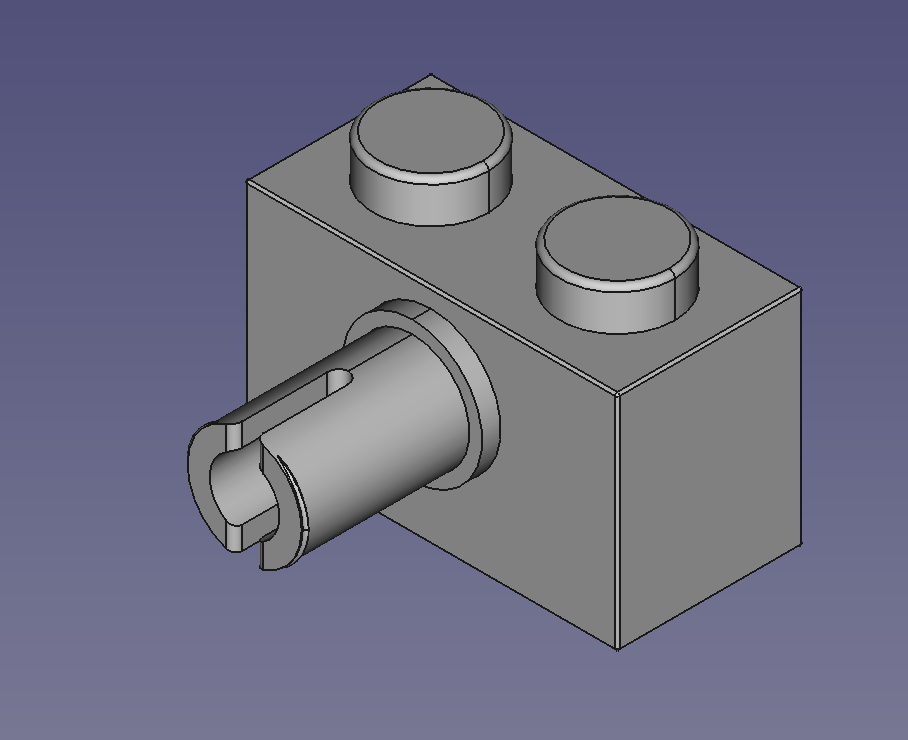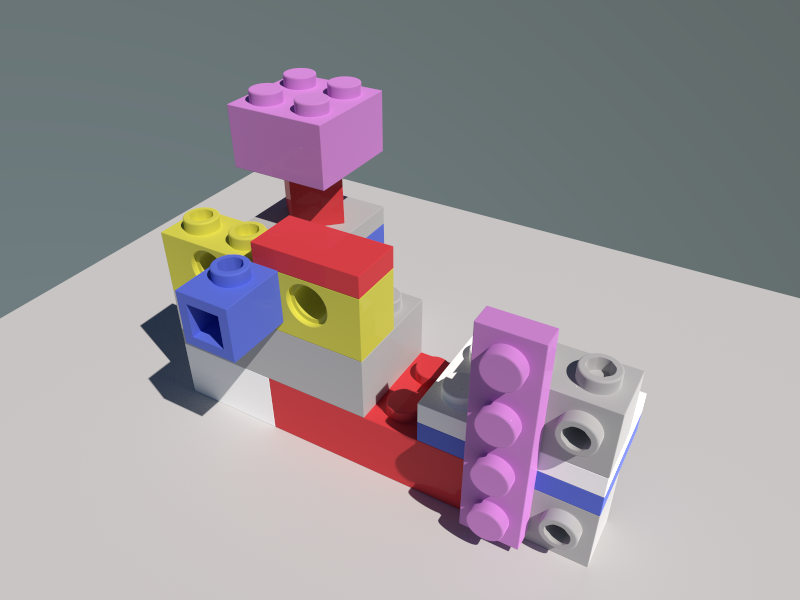I took some time during the holiday to get the Minitel I inherited from the parents-in-law connected to my home server. As I already run Asterisk on the server and have analogue telephony hardware, I wanted to use the analogue dialup modem rather than opting for the serial port available on some Minitel terminals.
Overall the setup is:
Analogue Phone + Minitel Terminal => Grandstream ATA => Asterisk => SoftModem => Python Minitel Server
Here is a video showing initial connection and navigating to some adult content of the era:
